Popular on Food52
56 Comments
vegasslots
April 17, 2024
https://yamboal.com
https://stromectoldm.com
https://stromectolq.com
https://karabukescortbu.info
https://batmanescortbu.info
https://igdirescortbu.info
https://masbangkit.com
https://onest.asia
https://yamboal.com
https://music-art-productions.com
https://cdrrmc.gensantos.gov.ph/vegasslot
https://cdrrmc.gensantos.gov.ph/vegasslots
https://206.189.45.209/
https://vegasbetplay.com
https://vegasslot.pw
https://stromectoldm.com
https://stromectolq.com
https://karabukescortbu.info
https://batmanescortbu.info
https://igdirescortbu.info
https://masbangkit.com
https://onest.asia
https://yamboal.com
https://music-art-productions.com
https://cdrrmc.gensantos.gov.ph/vegasslot
https://cdrrmc.gensantos.gov.ph/vegasslots
https://206.189.45.209/
https://vegasbetplay.com
https://vegasslot.pw
Tony E.
May 12, 2021
I cut the fat off some 2 huge shoulder pork and through it in the slow cooker over night. Perfect.
j7n
May 10, 2021
I made my lard in large batches on stovetop last winter, when it was easy to carry meat products and freeze them for free outdoors. I used a meat grinder. One pot took about 4 hours. This doesn't produce any cracklings, but a savory protein meal, unlike when cut with a knife, which is more time consuming.
The most tasty lard for me is actually liquid, obtained from the back of the pig. I use this more expensive tasty lard sparingly with eggs or on bread. In general, lard is easy to clean up, being mostly unsaturated unlike tallow. The process can get messy.
The most tasty lard for me is actually liquid, obtained from the back of the pig. I use this more expensive tasty lard sparingly with eggs or on bread. In general, lard is easy to clean up, being mostly unsaturated unlike tallow. The process can get messy.
Lisa W.
August 14, 2020
Have never rendered lard, but have done with tallow (beef fat). Easy and worth it!
lefitfen
January 4, 2020
I was so grateful to found https://mmini.me/meltrawfat, it helped me not only to lose weight but keep it off, hope it helps some others!
jakestavis
November 20, 2017
trying my hand at rendering some fat in the slow cooker today, would you recommend leaving it covered or having the lid slightly ajar? i added a bit of water per your recommendation but want to make sure it evaporates in the rendering process. thanks!
Tony E.
May 12, 2021
I didn't use any water when I put mine in the slow cooker. However I used the fat from the shoulder cut. Not sure if that makes a difference.
Betty D.
January 24, 2017
I have rendered my own leaf lard for the past 5 years and we love it. We put it through a meat grinder then cook it down in a crock pot. My second batch this year did not harden. I was wondering if anyone may know
why. Thanks!
why. Thanks!
Farmkid
September 22, 2016
I'm confused as to why people who don't raise farm animals insist on proclaiming what makes them "happy". Hogs are not necessarily "happier" outside than inside. They want to be well fed and comfortable. I keep my cats indoors at all times for their safety and they look perfectly "happy" to me. I grew up on a farm, and our animals had access to both. It depended on time of year, what the grass was like, what the weather was like, whether coyotes were howling, etc. The nutrition and flavor of the product is another matter. Feel free to comment on that.
MamaCruz4
September 27, 2020
I'm pretty sure our backyard chickens are happy, and believe me, they do NOT come in the house. I think if we do the best we can to raise any animal, or any child, with love, care, attention, and respect, we'll probably do okay. Neglect, abuse, and selfishness on the part of the caregivers are the way to ruin a promising life. Indoors versus outdoors is just location, as long as the basic need for some kind of safe shelter is met.
Tony E.
May 12, 2021
They had mentioned being outside under the Sun lets their skin produce vitamin D which apparently can affect the flavor.
relishyourchef
November 18, 2015
question- you can put the hot liquid lard into a jar and cap immediately? you don't need to let it cool down first? thanks
BakerMary
October 22, 2017
Use canning jars, preheat by filling with hot water then drain and dry. they can take the heat. If you have other jars, preheat as above then set a spoon in the jar while you fill it. This dissipates the heat a bit,
Regent
August 23, 2015
I managed to stumble upon a pork farmer at the Hollywood Farmer's Market here in Los Angeles. Started rendering my own leaf lard for pie crusts immediately. WOW! It's been years of trying to find a resource, and finally success. But also discovered that the world's cutest dog, our Nounour [he's a pure-bred Bieffe] savors his dinner when it is sprinkled with some cracklings, or likes a few shavings of frozen lard dressing the top (canine Parmesan?), and is forcing(?) me to continue to render, and make a weekly peach pie.... What a life! Thank you for the tips on rendering s l o w l y ... that first batch was light brown and scented. And Nounour would like to thank you for the beautiful sheen of his coat.
the T.
June 30, 2015
Mom used to render ladr too- she always saved the bits and made crackling potica with it!
Megan G.
June 30, 2015
Can you just put the refrigerated lard through the meat grinder before you you render it instead of grating it?
Bobbe
November 3, 2014
I just rendered 1 lb. of leaf lard that I bought from a respected pig farmer at the Baltimore Farmers Market. Used a heavy pot, very low flame and 4.5 hr. My lard turned out pure white but why does it smell like...ham hocks? Just not sure this will make a good pie crust which was the reason I made it in the first place. Is this pronounced smell normal?
Danny S.
August 23, 2014
Sylvia thanks for so much information. Your Grandmother was a lovely lady. I grew up with pioneers like her. Spent many hours in the storm cellar hiding from tarnados. Too bad I didn't have a tape recorder.
Regards, oldcatman
Regards, oldcatman
Sylvia C.
August 23, 2014
My grandmother, who died in 1971 or 72 at the age of 99, was a covered-wagon pioneer when she was only 9 months old. Her family left Missouri for Kansas and Nebraska then, and they lived in sod houses and dugouts until they were able to build a brick house in Kansas. It was a hard, hard life, what with riding (side-saddle!) to round up cattle and kill rattlesnakes, and a hard-earth floor. Grandma could do anything, and she could, as the proverbial saying goes, make "a silk purse out of a sow's ear." It was my great good fortune that my life intersected with hers, and sometimes, still, I feel her standing quietly beside me as I make noodles that aren't as good as hers or pie crust that almost is.
Peter F.
July 25, 2014
Thank you for sharing. One question- approximately how long will the lard last unrefrigerated and refrigerated? How do you tell if the lard is rancid?
Sylvia C.
July 25, 2014
It won't last long at warm room temperature. On the farm where I grew up we kept it in a cool cellar in a crock. But refrigeration is best (or freeze it) if you don't have a cool root cellar. (Some lard has a small amount of salt added as a preservative and I believe it can be kept a while at room temperature when salt is added.) Rancidity is a fairly rank smell; you will know it.
Jenny M.
July 26, 2014
Actually, lard is shelf-stable at room temperature provided it is properly rendered. If any water or moisture remains in the lard, it will leave it prone to rancidity, so if you're uncertain all the water was removed during rendering, keep it in the fridge (up to 12 months) or freezer (up to 1 year).
Remember that lard is comprised primarily of monounsaturated fat (same fat found in olive oil) and saturated fat (same fat found in coconut oil and ghee) all of which are stored at room temperature. Rendered bacon fat is also something you'd store at room temperature, too. Stored at room temperature in a dark cupboard, and capped with a tight lid when not in use, properly rendered lard will last several months.
Remember that lard is comprised primarily of monounsaturated fat (same fat found in olive oil) and saturated fat (same fat found in coconut oil and ghee) all of which are stored at room temperature. Rendered bacon fat is also something you'd store at room temperature, too. Stored at room temperature in a dark cupboard, and capped with a tight lid when not in use, properly rendered lard will last several months.
Sylvia C.
July 26, 2014
Isn't one year the same as 12 months? I agree, in cool conditions it will keep that long. And yes, we did always store rendered bacon fat at room temperature. The difference is that we had a huge crock of lard for the long haul, for many a pie crust. So we did try to keep it in a cool place. Sounds like you are an old hand with lard, Jenny.
Jeff K.
July 20, 2014
I got leaf fat from a local butcher shop from naturally raised pigs. When I was chopping it there was a feint barnyard aroma. During rendering (stove-top, low heat) it became more pronounced. After straining and putting in jars there is still a little bit of order. It tends to dissipate during cooking. I see other lard instructional sites do not really mention the 'smell' specifically. Any thoughts?
Sylvia C.
July 20, 2014
The smell is normal while rendering the fat, but usually, properly stored lard (refrigerated or frozen) should have little if any smell after the rendering process. The best test is to make biscuits or pie crust with it and taste the result. I suspect you will find that the smell is gone.
Jeany
July 19, 2014
Just remember that fat makes a hellish fire, so learn by processing small amounts and going slowly. Let everything cool. Make sure ALL the burners are off and cool. A sloppy pour that splashes into flame or onto a hot burner can cause the entire lot to flash, as if exploding.
Sylvia C.
July 18, 2014
To Mark Trad: I have done way, way more than 10 seconds of research, hours and days and weeks. I have gone beyond just reading and studying and, as a journalist, have done many interviews. You are indeed part way right, but I am, too. You will not find a bigger champion of butter than I am. Alas, however, butter is not all that beneficial unless it comes from grass-fed (and hay-fed) cows. (I love butter: at the newspaper where I worked people used to joke that when I made something in the test kitchen, all the recipes began: Take two sticks of butter. I grew up on butter churned by my grandmother. (Please see www.eatwild.com, Joel Salatin's Polyface Farm and many other sources.) The provenance of food matters a great deal. For example, while we are on dairy, many of the benefits of milk are destroyed by high heat pasteurization and by homogenization. Finally: Let's try to be civil. I don't put you down, and I don't like seeing you put others down. It weakens your cred, too.
George H.
July 17, 2014
Good lard, rendered or not, is just so expensive. Haven't been able to get around this.
Sylvia C.
July 18, 2014
Good things and things that are truly good for you often are expensive. Rendering your own from leaf lard is really not that hard and it is much less expensive than buying it done for you (as with many other things).
Vitor H.
July 17, 2014
Not gonna lie: the spoonful (first photo) I thought it was ice cream, hahahaha
Well, about trans-fat isn't that simple. Ruminants have it naturally (ok, symbiotic relationship with microbiota and all the fun stuff), so when we eat meat and butter… And we've been eating it for ages.
The real problem is the excess and not molecule isomerism.
Well, about trans-fat isn't that simple. Ruminants have it naturally (ok, symbiotic relationship with microbiota and all the fun stuff), so when we eat meat and butter… And we've been eating it for ages.
The real problem is the excess and not molecule isomerism.
Sylvia C.
July 17, 2014
By excess do you mean that people will eat more lard than they would olive oil, butter or other fats? Actually, the reverse may be true, since fats from grass-fed animals are very satisfying, and also, it does not take as much lard as it would butter for pie crust, for example. There's a lot of milky stuff in butter unless it is clarified, and lard is a more concentrated fat.
Vitor H.
July 17, 2014
Lard, butter and any other fat in excess will make you sick or gain weight. Where I live not long ago, coconut oil was a trend even with the higher price… people going crazy about it, but forgetting the essential: it still is a fat and has 9kcal/g.
Hum… I'm not so sure what you tried said here: "since fats from grass-fed animals are very satisfying". The excess food/energy will be transform in fat (the origin doesn't matter that much). The "satisfying feel" is more personal than other thing.
About the pie crust… I really don't know. Yes, butter has water and milk stuff. Lard being more concentrate isn't the case, it's almost pure fat. If you remove something, you create a "void". So, the void must be filling in.
The water and milky stuff interacts with flour as well. You gonna replace with fat in the lard case.
Hum… I'm not so sure what you tried said here: "since fats from grass-fed animals are very satisfying". The excess food/energy will be transform in fat (the origin doesn't matter that much). The "satisfying feel" is more personal than other thing.
About the pie crust… I really don't know. Yes, butter has water and milk stuff. Lard being more concentrate isn't the case, it's almost pure fat. If you remove something, you create a "void". So, the void must be filling in.
The water and milky stuff interacts with flour as well. You gonna replace with fat in the lard case.
Sylvia C.
July 17, 2014
Well, duh. Yes, I agree, too much of anything (and not just fats; remember Snackwell cookies with oodles of sugar) will make you fat. Something that does not contain cholesterol may make your cholesterol high. My point was only that if you have something satisfying, you are likely to eat less of it. If not, you keep searching for more to satisfy. Two normal cookies instead of a box of Snackwells, a small piece of pie instead of one piece and then a second, another cup of coffee and then another instead of one really great, carefully made cup. In all these examples and more, you're searching for taste and satisfaction.
mark_trad
July 18, 2014
"any other fat ... will make you gain weight." This is nutrition ignorance 101. Fat doesn't make you fat. Do literally 10 seconds of research on this. You're repeating things we proved wrong decades ago (like 9cal per gram is worse because it has more calories). It's sad to hear that it's still common knowledge by people who clearly haven't read any studies nor books on nutrition. Butter is one of the healthiest things humans can eat.
"The excess food/energy will be transformed in fat. (the origin doesn't matter that much)" Again, please do 10 seconds of research before making completely blind comments about nutrition. Why not eat pure sand all the time? That has lots of calories in it. Oh wait, you'll lose a bunch of weight and die, no matter how much sand you eat. The origin matters immensely to how your body uses it.
Lard is benign at worse and a superfood at best. Your comment looks like it was written in 1970, when we were replacing all butter with margarine because we thought saturated fat was bad for you, and ended up killing people with trans fats, hydrogenation, and omega 6 excess.
"The excess food/energy will be transformed in fat. (the origin doesn't matter that much)" Again, please do 10 seconds of research before making completely blind comments about nutrition. Why not eat pure sand all the time? That has lots of calories in it. Oh wait, you'll lose a bunch of weight and die, no matter how much sand you eat. The origin matters immensely to how your body uses it.
Lard is benign at worse and a superfood at best. Your comment looks like it was written in 1970, when we were replacing all butter with margarine because we thought saturated fat was bad for you, and ended up killing people with trans fats, hydrogenation, and omega 6 excess.
Sylvia C.
July 18, 2014
postscript to earlier post by me, to you: I never fell for the margarine myths. Please don't put me down like that! You most likely don't care to read the story I did on lard for the Raleigh News & Observer, but I did supply a link in my first post.
mark_trad
July 18, 2014
Sylvia, I was responding to "Vitor Hugo" as you can see by my responding to his specific quotes. I'm not yelling at you, I'm yelling with you.
Sylvia C.
July 18, 2014
Gotcha, but it is usually easier to win people over (more effective, I mean) if you do so gently. "A soft answer turneth away wrath" was a Bible verse my grandmother loved to quote. By the way, she had lard in her piecrust and drank her coffee with lots of heavy cream from pastured cows. And churned butter every week and ate all she wanted for that, too. In her 80s she hoed the garden and she made me pies in her 90s, when I came home from college. I have memories and photos that prove she sledded with my cousin and me, belly down, when she was 79. It was no photo op! She died at 99.
Sylvia C.
July 18, 2014
Forgot to say that Grandma milked cows in her 80s, the ones who gave the cream that she churned.
mark_trad
July 19, 2014
After hearing about the recent, increasing epidemic of onset childhood diabetes, wasting millions of dollars in American medical bills, how we're turning to drugs (statins) with nasty side effects that aren't as effective as diet intervention, and seeing how people get bored when talking about nutrition because they don't understand it, and how the medical community ignores changing knowledge, I personally prefer to inject a little emotion to get people moving. But we're both fighting the same fight, and I hope we can both convince people in our own ways.
Marti K.
July 17, 2014
When we order a half-hog from one of the local pig farmers, I always ask for the fatback and leaf lard. All that's required is time and patience, and you will have the best shortening ever for pie crust and biscuits.
Allyn
July 17, 2014
I tried rendering my own once and it wound up... not great. I had much better luck getting if from a farmer friend back in TN. It was the lard that dreams are made of.
Sylvia C.
July 17, 2014
Getting a farmer to do it for you is great, but you probably did it at too high a heat, which will ruin it. Go slowwwww (some people use a crock pot) and long. I use a big old cast iron kettle. It takes a few hours, but you do not need to tend it constantly.
Susan W.
July 17, 2014
I purchase leaf lard, beef tallow and duck fat from Fatworks here in Portland, Oregon. They are local here, but ship everywhere. Very small company that only uses fat from happy, pastured animals. I can't say enough about how great these guys and their products are.
Sylvia C.
July 17, 2014
Especially for North Carolina residents: Please see this story I wrote for the Raleigh News & Observer earlier this year: http://www.newsobserver.com/2014/01/21/3552428/lard-the-comeback-fat.html There is also a sidebar, same date, about me; I worked for many years as a food writer on staff at Newsday in NYC and on Long Island.
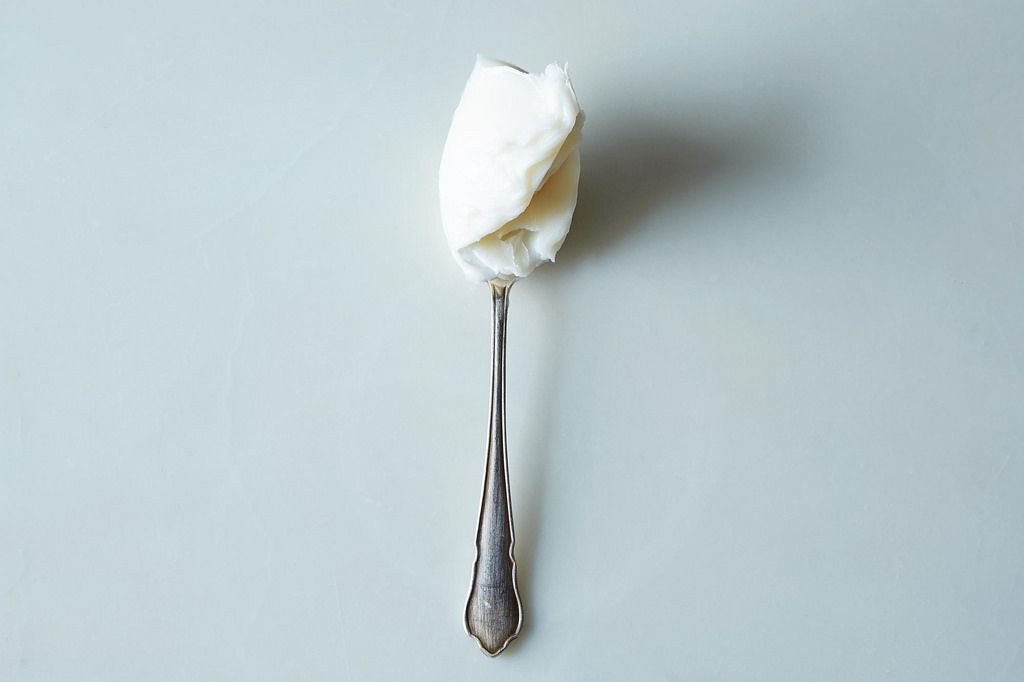
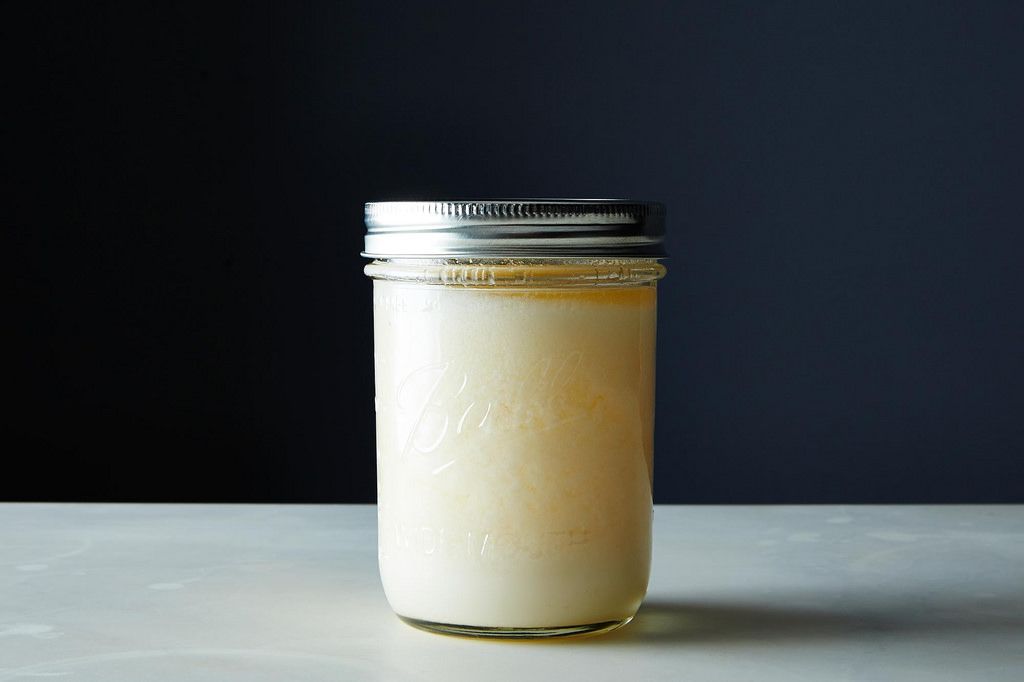
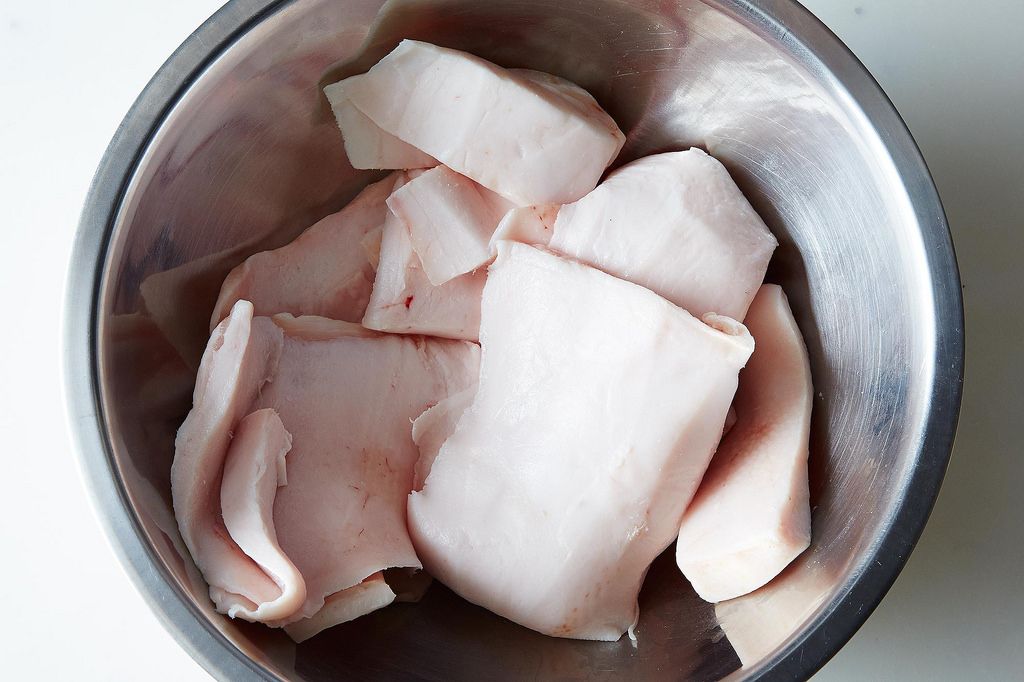
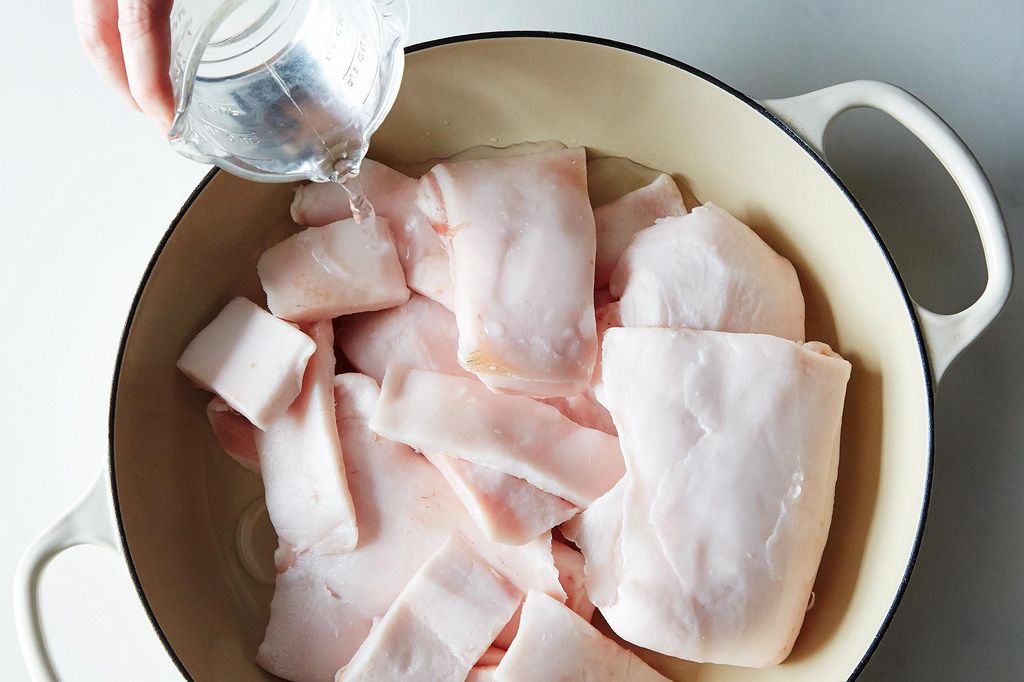
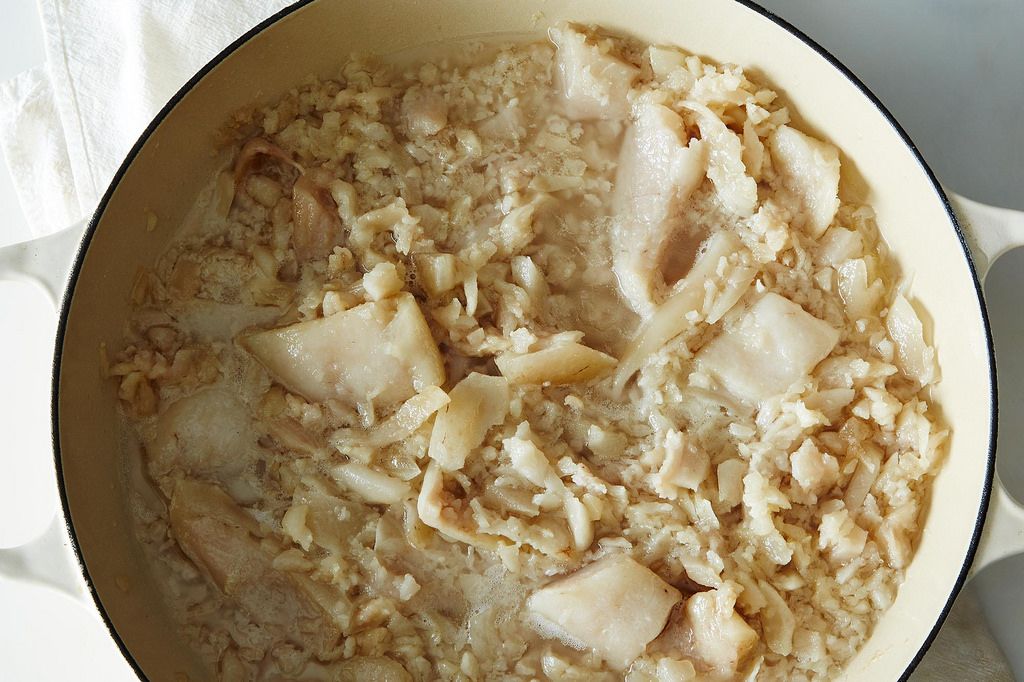
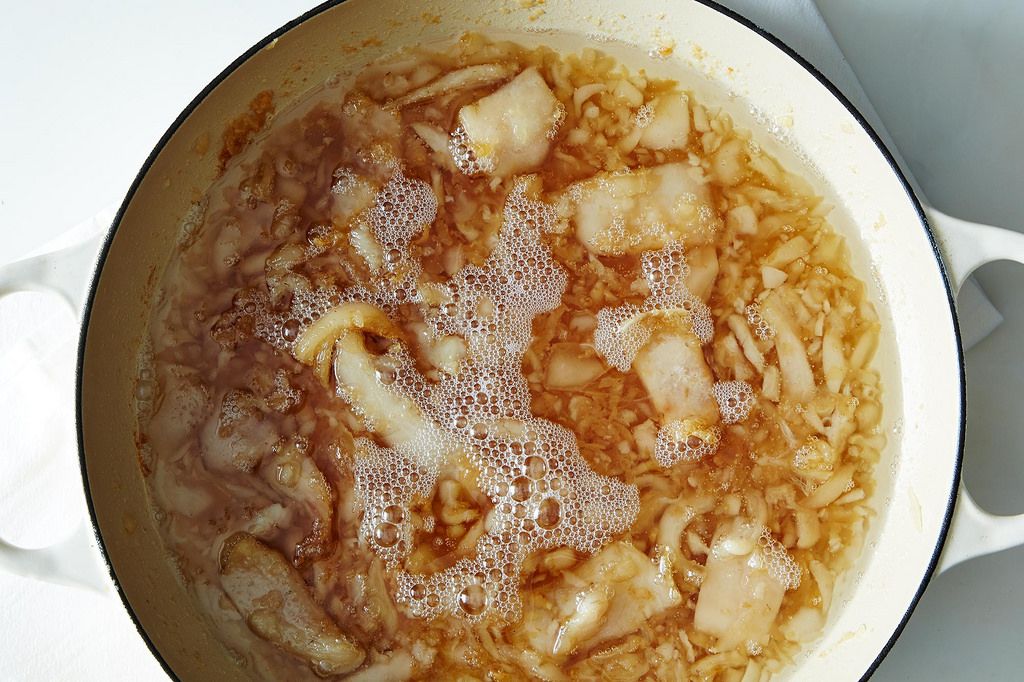
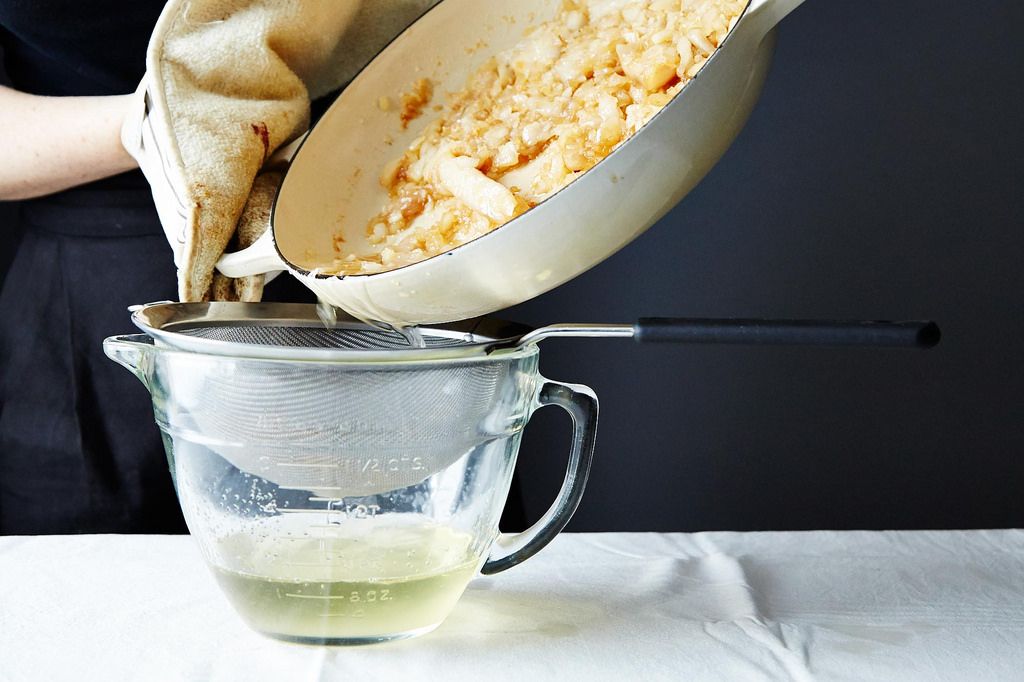

See what other Food52 readers are saying.